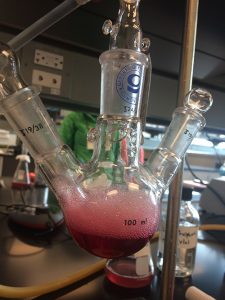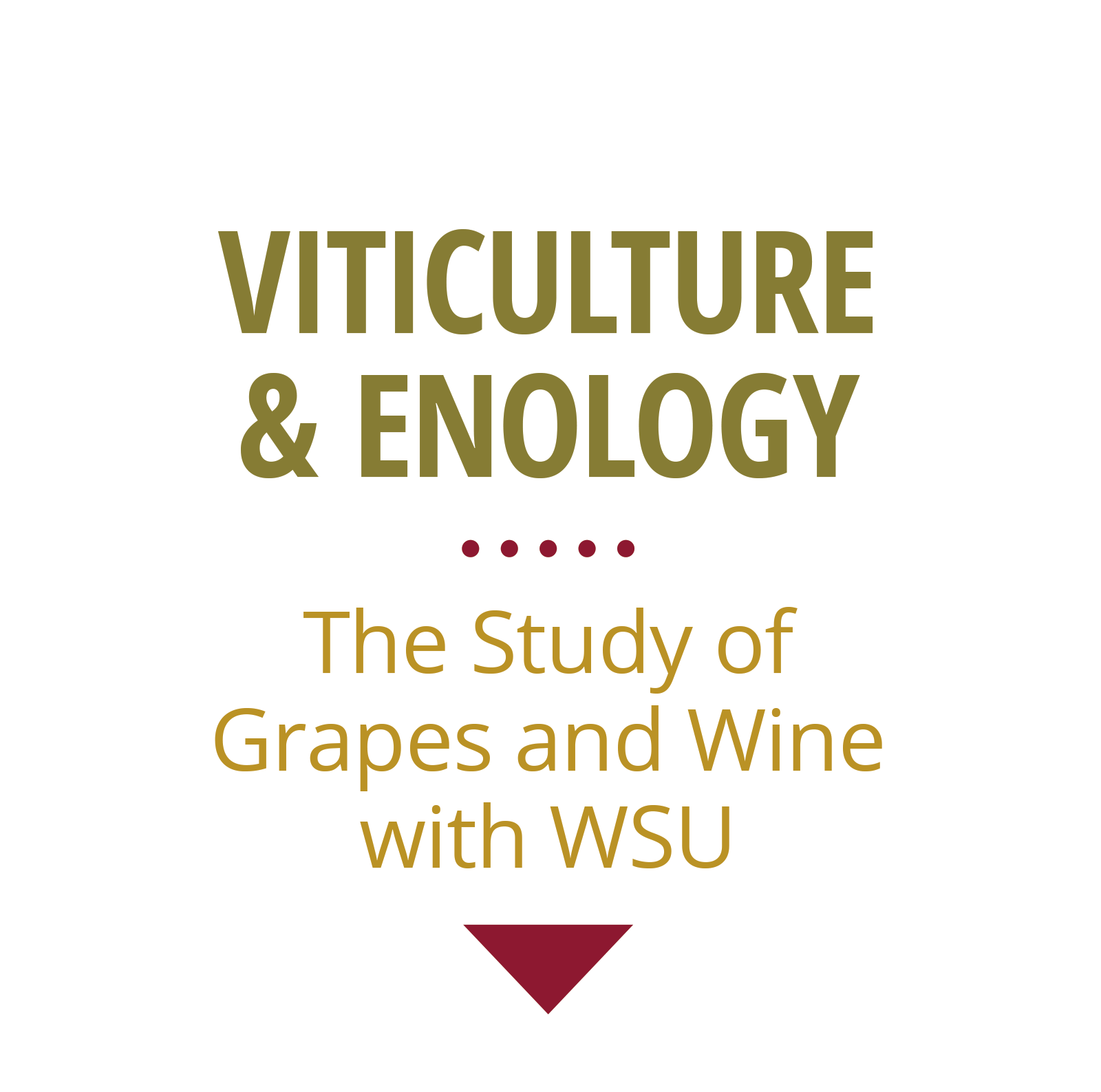 In Washington State, the needs of the wine industry take top priority for the viticulture and enology research program. Input from the state’s vintners and grape growers helped develop priorities for the statewide research program and will guide the Washington State Wine Commission’s funding recommendations for research in 2018.
In Washington State, the needs of the wine industry take top priority for the viticulture and enology research program. Input from the state’s vintners and grape growers helped develop priorities for the statewide research program and will guide the Washington State Wine Commission’s funding recommendations for research in 2018.
The research priority list includes a range of issues challenging the wine industry, from improving water use efficiency in the vineyard in response to limited water supplies, vineyard and winery mechanization, and working towards improving wine quality through fermentation management in the winery. Feedback from an industry wide survey conducted by the Washington State Wine Commission earlier this year was considered by the Wine Research Advisory Committee when it recently approved the list. The Wine Research Advisory Committee, a sub-committee of the Wine Commission, serves as the scientific review arm for the Washington State wine industry and is tasked with setting priorities annually to guide research proposals.
Research priorities drive the statewide viticulture and enology research program, says Melissa Hansen, research program manager for the Wine Commission. “The priorities help researchers submit relevant proposals that address the needs of industry,” she says, adding that the annual exercise of reviewing and fine-tuning research priorities helps ensure that emerging issues from around the state are not overlooked. Addressing industry need is one of the criteria used in the Wine Research Advisory Committee’s evaluation and recommendation of funding of submitted proposals.
The Wine Commission surveyed the state’s wineries, wine grape growers and research community in April to broaden input used to set research priorities. More than 150 respondents ranked research topics and provided research suggestions that were considered by the Wine Research Advisory Committee.
The 2017-18 research priority list is posted on the Washington State Wine Commission’s website and included in the Washington State Grape and Wine Research Program’s request for research proposals that was released on July 21, 2017. The program’s current cycle, which began July 1, funded more than $1 million in viticulture and enology research at Washington State University. For information about the program’s request for proposals, visit Research Program.
Washington State Viticulture and Enology Research Priorities
July 1, 2017 – June 30, 2018
Fermentation Management
- Phenolic measurement and management
- Yeast strains, including indigenous (influence on fermentation, sensory properties, etc.)
- Management of microbiological spoilage (Brettanomyces, Lactobacillus, Pediococcus, etc.)
- Management at winery of diseased/disordered fruit (Botrytis, bunch rot, shrivel)
- Impact/management of nutrients on fermentation (e.g. fermentation adjuvants)
- Fermentation management and monitoring (cap extraction, process control, real-time methods, etc.)
Aroma and Flavor Compounds in Wine
- Impact of various filtration options on wine quality (chemistry, mouth feel, oxygen impact, etc.)
- Vineyard-derived sulfur off aromas—avoidance and removal
- Optimizing sensory compounds in wine (e.g. role of glutathione on oxidation)
- Smoke taint analysis and removal
Winery Waste
- Develop methods to recycle/reuse/repurpose biomass from harvest
- Winery waste and water management
Viticulture Production Efficiency and Profitability
- Impact of canopy management/mechanization on wine quality
- Improve water use efficiency/water savings to optimize grape production and wine flavors
- Impact on vine health from water quality (salinity, alkalinity, others)
- Develop nutrient management for optimal vine health
- Develop/assess labor-savings crop estimation tool
- Berry and sour shrivel
- Optimize clonal selections for Washington State
- Impact of field grafting (vinifera to vinifera)
Pest Control, including Sustainable and Organic
- Develop strategies for viral disease management (preventing spread, replanting, impact on vine health, developing vector control, etc.)
- Develop/refine strategies for all pests (insect, weeds, disease, vertebrate) with economic impact potential, with emphasis on stable, biological systems
- Trunk canker disease management
- Management of powdery mildew and Botrytis (early detection, efficacy of new fungicides, resistance management, etc.)
- Develop nematode management strategies (efficacy, economic thresholds, resistant rootstock)
- Develop effective control of birds, deer, gophers, and other vertebrate
Climate Impacts on Site/Viticulture
- Optimum light and heat exposure of fruit
- Impact of climate variability on fruit maturity, dormancy, phenology, pest/disease management
- Winter trunk injury and secondary infections (e.g. crown gall)
- Develop decision support system for inversion, frost protection (i.e. alert system)
Mechanization Options
- Development and evaluation of mechanization tools that reduce reliance on hand labor within the vineyard and winery (e.g. canopy management, pest management, crop reduction, sorting, MOG removal)
Emerging Issues
- Unforeseen viticulture and enology emerging issues
- Extension bulletins for transfer of research information (i.e. publication costs)
- Comparative analysis of WA viticulture practices to other regions (e.g. sustainable pest and disease management systems)

